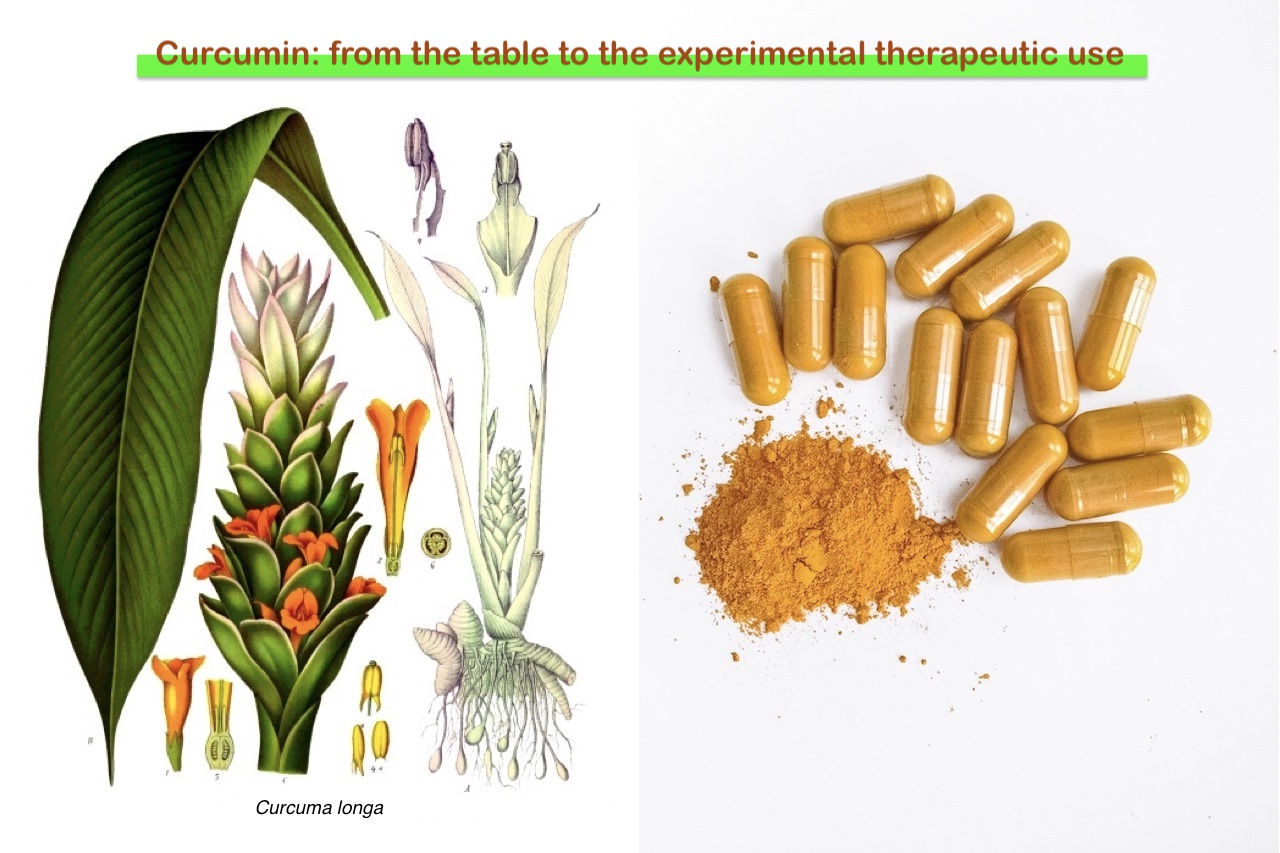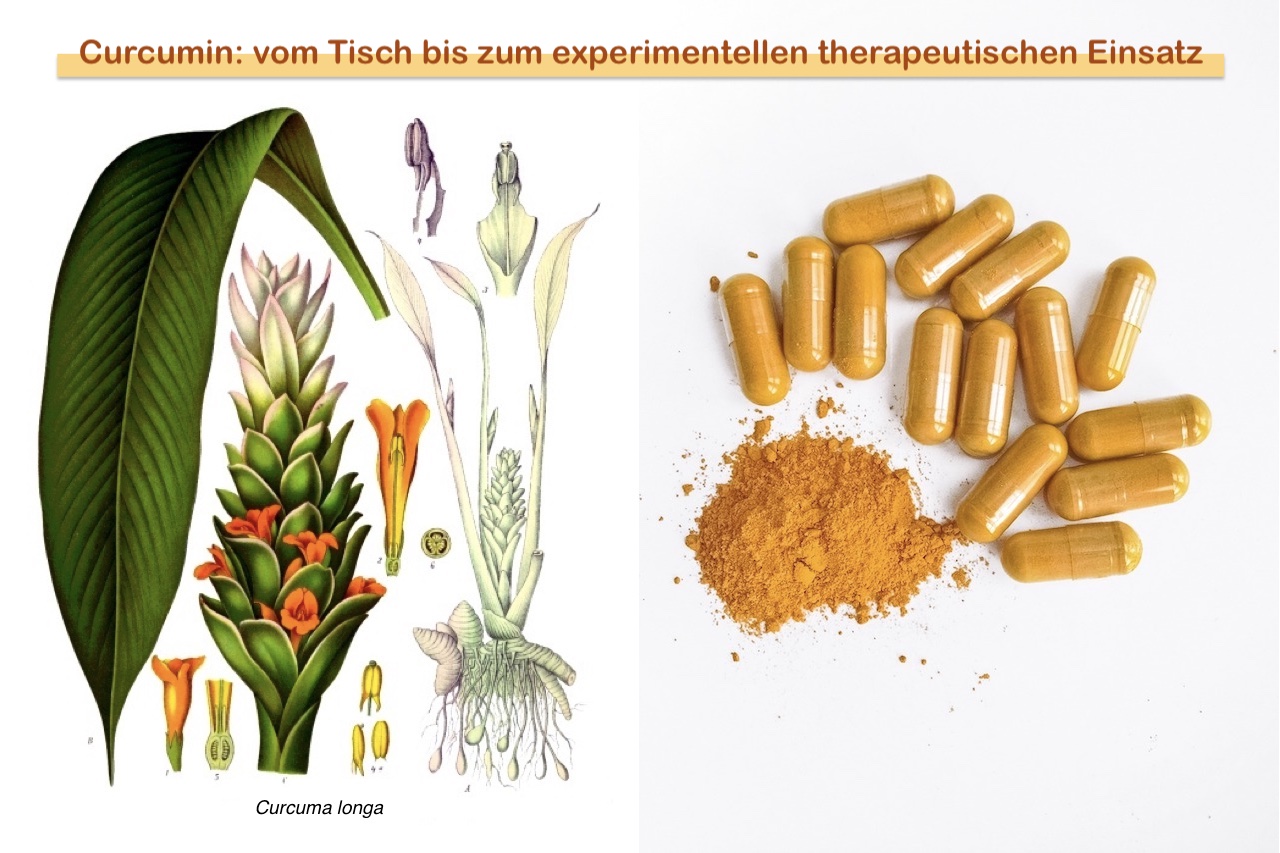Today I would like to talk to you about a scientific article dating back to 2012, however very current in terms of future perspectives in the classification of two benign monoclonal gammopathies, monoclonal gammopathy of undetermined significance (known as MGUS) and smoldering myeloma. Terry Golombick and his collaborators carried out a clinical study on the possible benefits of curcumin on MGUS and smoldering myeloma in the period between 2010 and 2012 in the endocrinology department of Sydney (Australia). (1)
To date, no pharmacological treatment is routinely applied to these two conditions, and the only strategy is what English scientists call watch and wait.
Curcumin: therapeutic effects already proven
Curcumin is the most active substance extracted from Curcuma longa plants, native to Southeast Asia. Many of its effects on tumors and also on monoclonal gammopathies have already been demonstrated in the past. Curcumin reduces bone loss and also appears to inhibit the proliferation of altered plasma cells present in the bone marrow of patients with MGUS and smoldering myeloma.
The study by Terry Golombick’s team: methods
The study involved 36 patients with monoclonal gammopathy. These were divided into two groups (group A and group B).
Group A received 4g of curcumin daily for three months and a substance with no therapeutic effect (called “placebo”) for another three months.
Group B instead received a placebo for the first three months and curcumin for the following three months.
Subsequently, only a few patients of the two groups continued their journey with a further phase of the study: it consisted of a daily intake of 8g of curcumin for another 3 months. Curcumin (as well as the placebo) was supplied in the form of tablets that could be taken together with substances rich in fat, such as yogurt, in order to facilitate their absorption.
Periodically the patients underwent blood and urine tests in order to evaluate many clinical parameters, such as hemoglobin, calcium, vitamin D and renal creatinine. Important was the evaluation of the relationship between free light chains (a parameter used at each haematological visit to monitor MGUS and smoldering myeloma) and also of a marker indicative of bone remodeling (known as u-DPYD), detectable in the patients’ urine.
The study by Terry Golombick’s team: results
The results collected at the end of the various phases of the study, and above all at the end of the entire study (after 9 months) were very exciting. In fact, a 36.8% reduction was found in the ratio of free light chains, especially in patients who had altered values of this ratio at the start of the study.
Future prospects
Given the very interesting prospects, new studies on the subject deserve to be conducted even today, in order to understand the obscure points and reinforce the good past results on the use of curcumin, in order to slow down or even block a possible negative evolution of monoclonal gammopathies.



